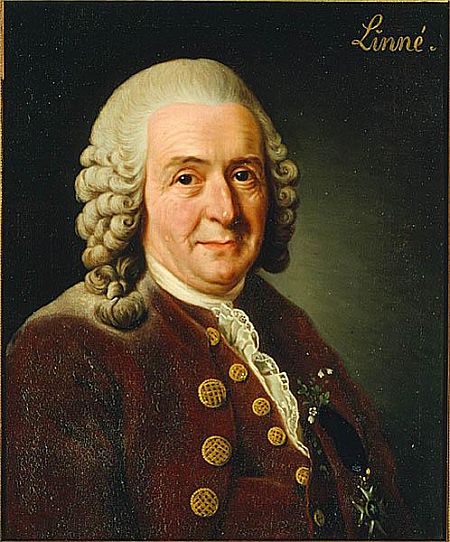Learning Intention: To understand the biological system of classification and how living organisms are named and identified.
Success Criteria: Given sufficient information, you will be able to identify relationships between living organisms and classify them into their appropriate groups.
Carolus Linnaeus was a swedish botanist and zoologist who developed the system of classification that biologists still use today to order our natural world – “binomial nomenclature“. Just like large shops and warehouses that need to store huge numbers of items, biologists find it useful to classify organisms using a hierarchical system that groups the same kinds of organisms together. All living things are grouped and named using the following sytem:
- Kingdom
- Phylum
- Class
- Order
- Family
- Genus
- Species
The latin binomial system uses the genus and species name as a universal, unique identifier for a particular type of organism. This minimises the problem of organims that might have different common names in different parts of the world (eg. Blackbird, brown snake) and uses a one language recognisable to scientists worldwide. If two particular organisms have the same genus name, they are more closely related than two that belong to the same family but belong to different genera. However, if two organisms have the same species name, but belong to a different genus, they may not be closely related at all. The species name is more of a descriptor, so, for example, Eucalyptus citriodora is the lemon-scented gum and Backhousia citriodora is the lemon myrtle. They belong to different genera, so are not as closely related as two eucalypts or two myrtles.
